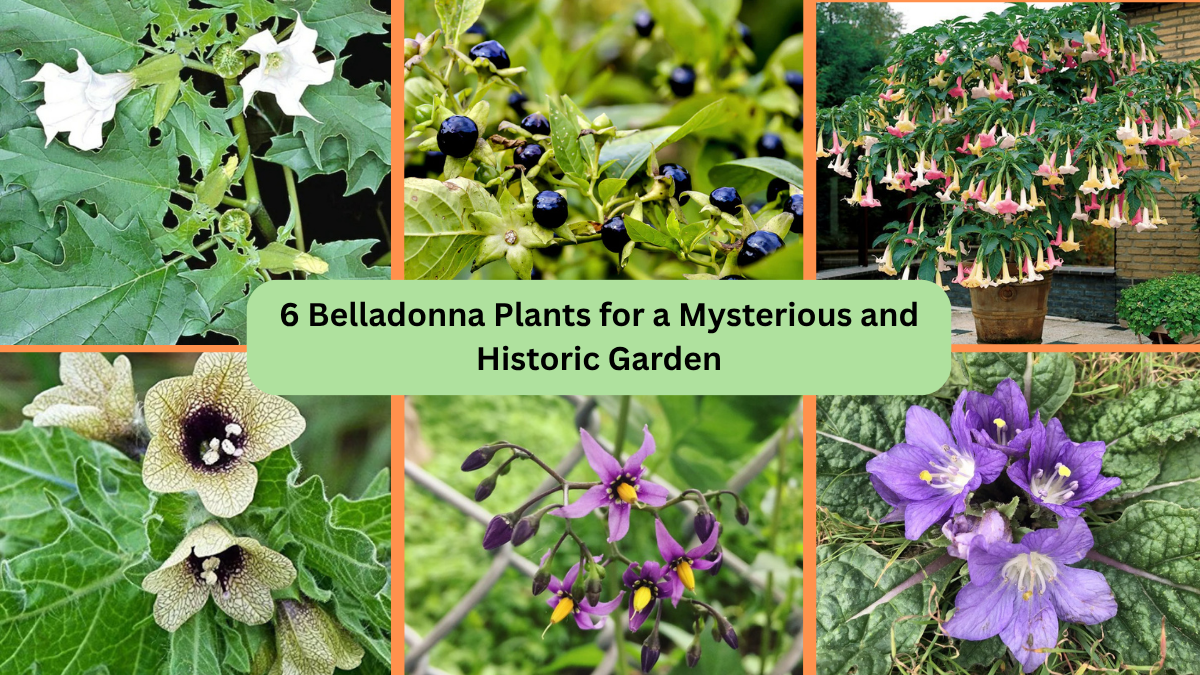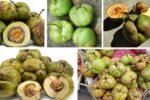For centuries, Belladonna and its related plants have held a place in folklore, medicine, and mystical traditions. Known for their dark beauty, potent properties, and rich history in herbalism and mythology, these plants add an alluring and slightly eerie touch to any garden. Whether you’re drawn to their ornamental appeal, cultural significance, or historical uses, these six Belladonna and Belladonna-like plants will lend a mysterious charm to your garden sanctuary.
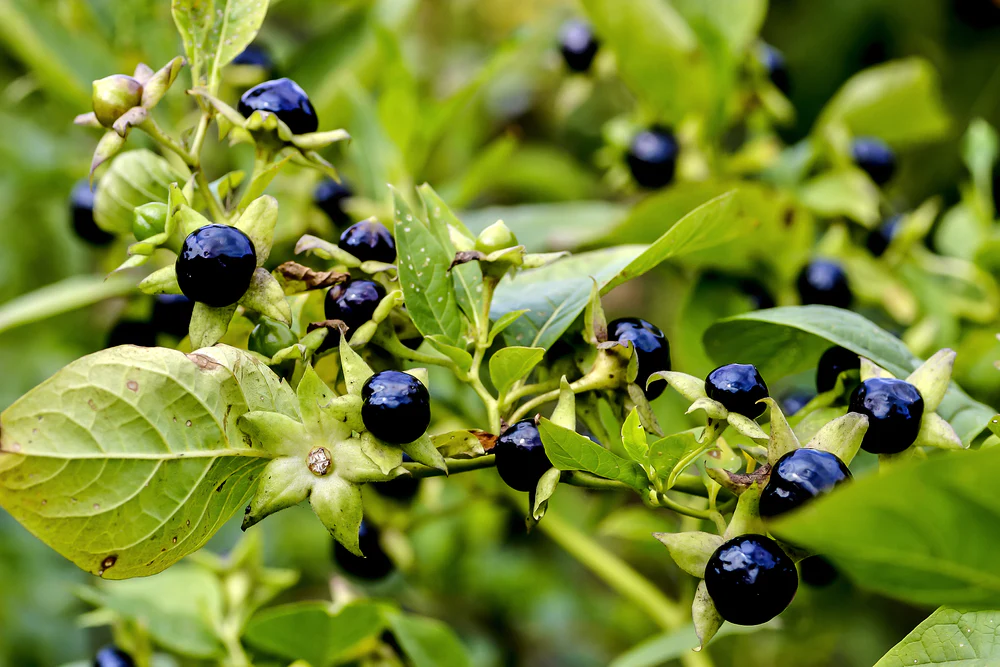
1. Atropa belladonna (Deadly Nightshade)
The most famous of all, Atropa belladonna, also called Deadly Nightshade, is steeped in legend and lore. With its soft, dark green foliage and drooping, bell-shaped purple flowers followed by glossy black berries, this plant exudes dark beauty. Historically, it was used in ancient medicine and folklore rituals, known for its potent alkaloids that affect the nervous system. While toxic, it makes a captivating ornamental plant in controlled, shaded garden spaces. Ensure it’s kept away from children and pets due to its toxicity.
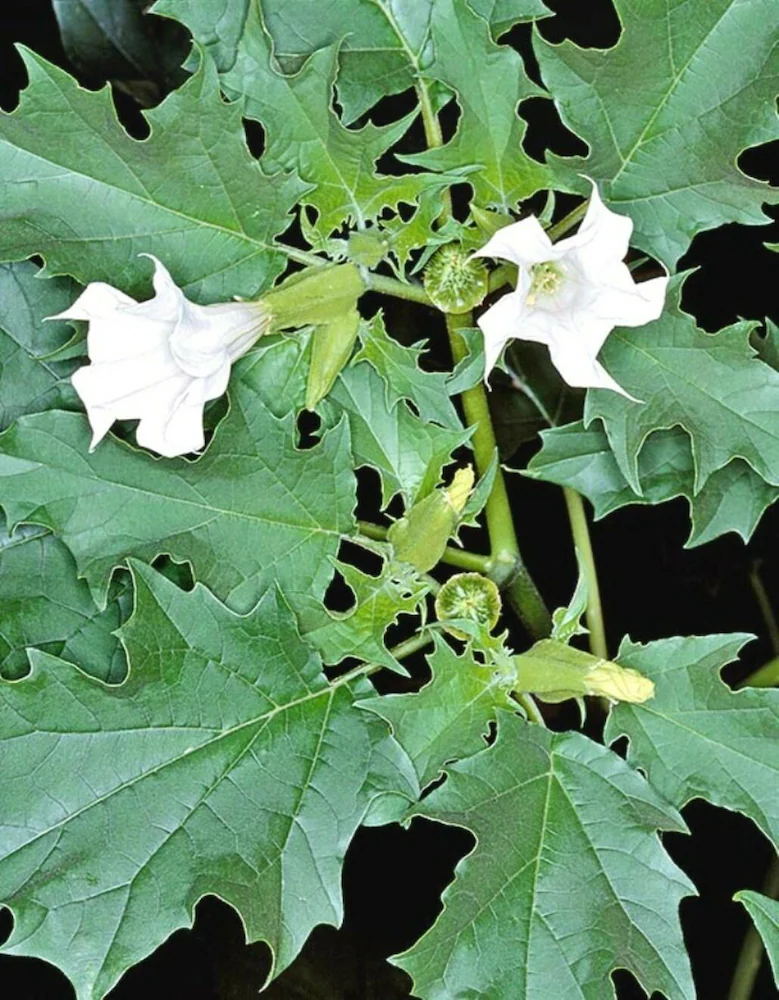
2. Datura stramonium (Jimsonweed)
Although not a true Belladonna, Datura stramonium, or Jimsonweed, shares a rich history of mystical and medicinal use. This striking plant produces large, trumpet-shaped white or purple flowers and spiny seed pods, creating a dramatic garden focal point. Traditionally, it’s been associated with vision quests and spiritual rituals. Its rapid growth and nocturnal blooms give an otherworldly feel to moonlit gardens. Like its relatives, it contains potent compounds and should be handled with care.
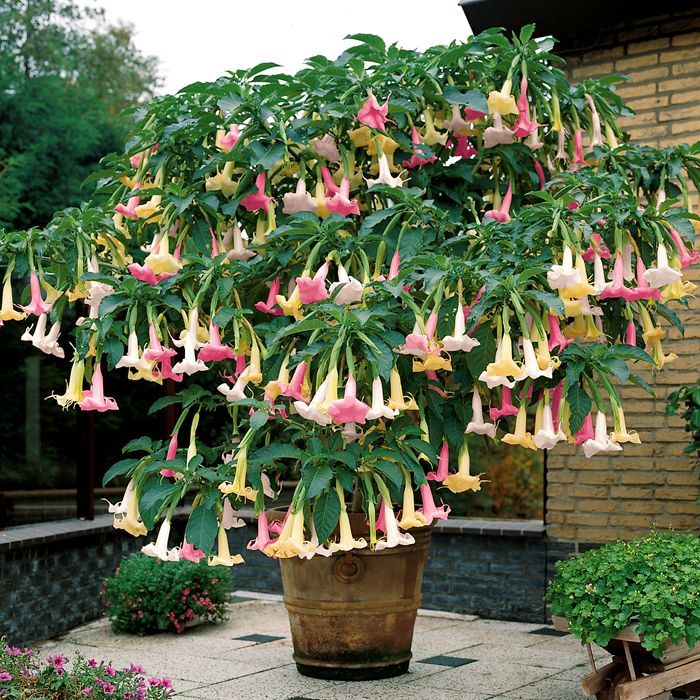
3. Brugmansia (Angel’s Trumpet)
Known for its show-stopping, pendulous flowers in shades of white, pink, and gold, Brugmansia is another plant connected to ancient spiritual practices. Often mistaken for Datura, it differs with its hanging blooms and woody stems. Indigenous tribes in South America traditionally used it in ceremonial contexts. In modern gardens, its large, fragrant flowers create a lush, tropical atmosphere. It thrives in warm, sheltered spots with plenty of water and should be admired for its ornamental value while respecting its toxic nature.
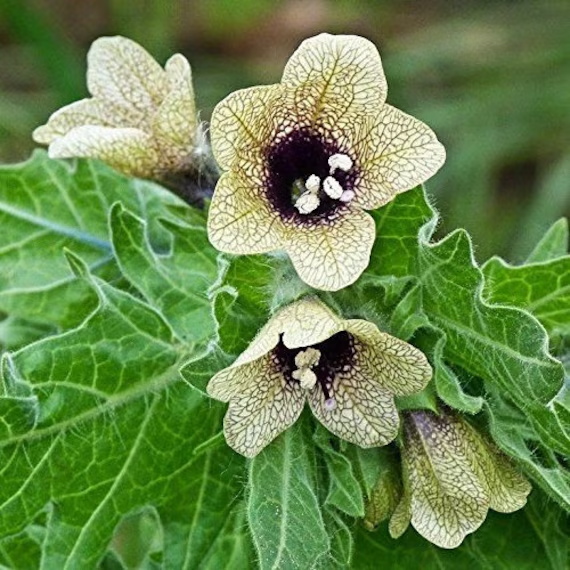
4. Hyoscyamus niger (Henbane)
Another nightshade family member, Hyoscyamus niger, or Henbane, is a plant with a truly gothic aesthetic. It bears pale yellow flowers veined in dark purple, exuding an air of ancient mystery. In medieval Europe, Henbane was infamous for its use in magic potions, love charms, and anesthetic concoctions. Today, it’s valued in historical gardens for its eerie beauty and connection to old herbal traditions. It prefers sunny to partially shaded spots with well-draining soil and should be cultivated with caution.
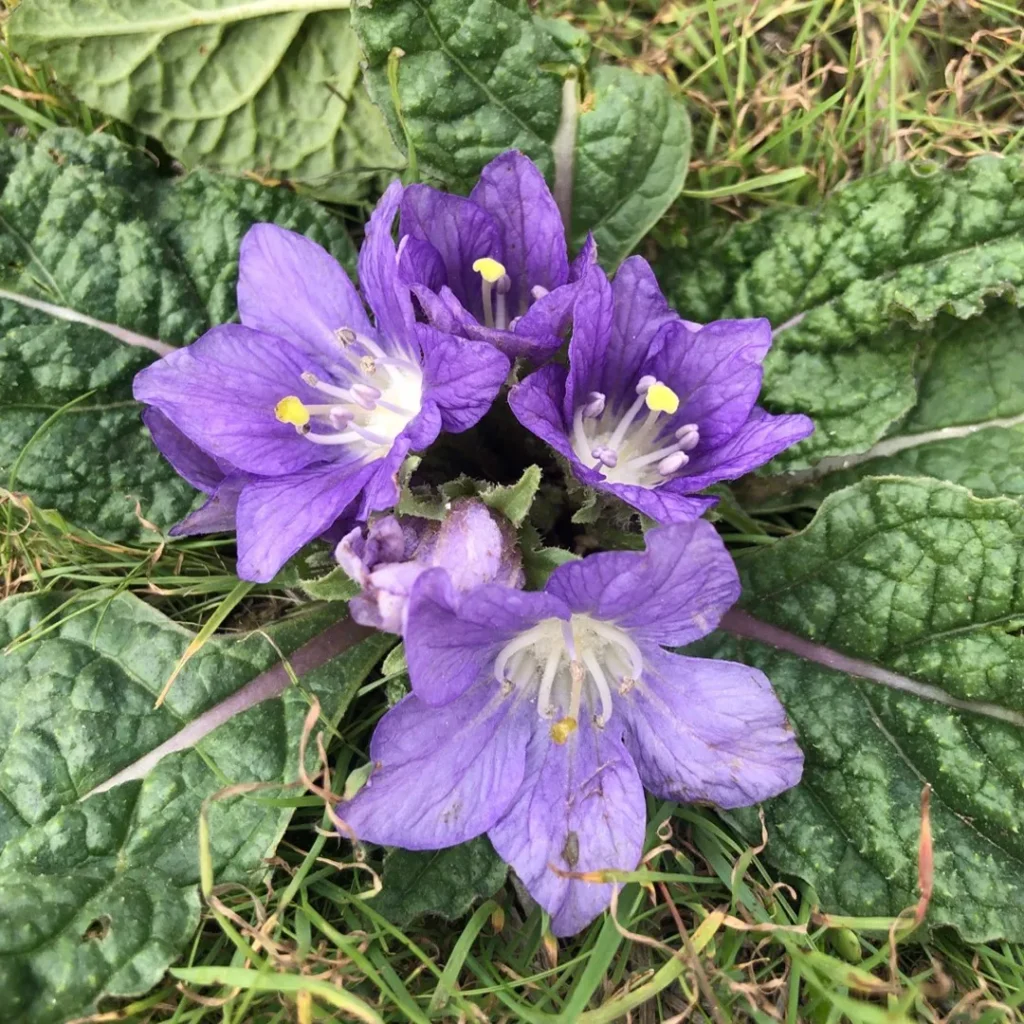
5. Mandragora officinarum (Mandrake)
Few plants carry as much myth and superstition as Mandragora officinarum, or Mandrake. Revered in folklore for its human-like root shape and potent medicinal properties, it was once believed to emit a deadly scream when uprooted. This low-growing plant offers wrinkled, dark green leaves and unusual bell-shaped flowers followed by orange berries. Mandrake loves sheltered, partially shaded areas with fertile soil. It’s slow-growing but rewards patient gardeners with its legendary presence and curious appeal.
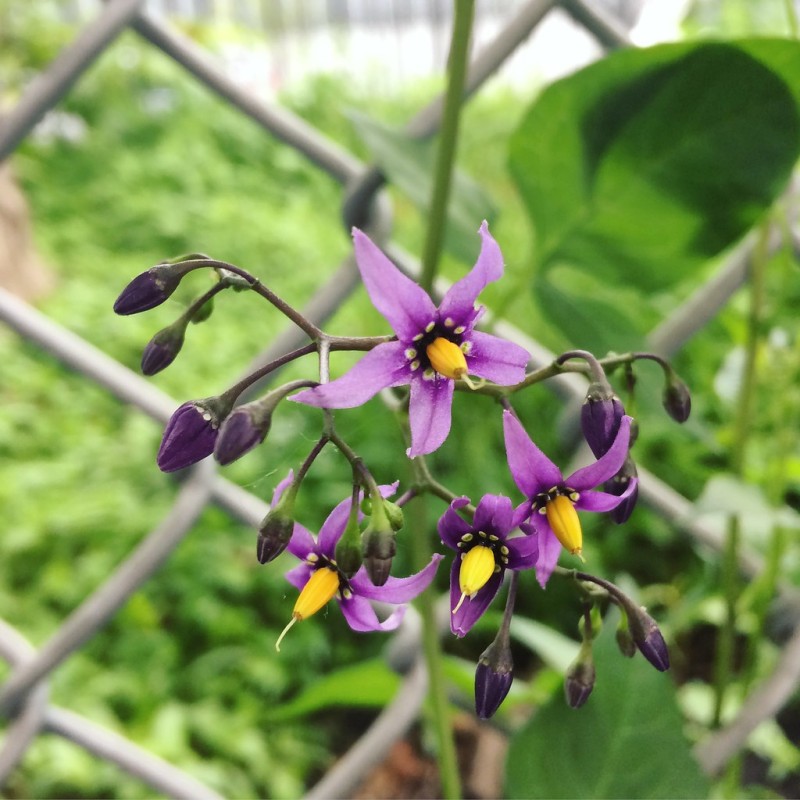
6. Solanum dulcamara (Bittersweet Nightshade)
Completing the collection is Solanum dulcamara, or Bittersweet Nightshade, a climbing or trailing plant with small purple flowers and bright red berries. While less toxic than Atropa belladonna, it has a rich history in traditional medicine and folklore, often used in protective charms. Its sprawling habit and colorful, jewel-like berries make it a beautiful, if slightly sinister, addition to hedgerows and shaded borders. It thrives in damp, semi-shaded environments and can create a tangled, wild look in cottage or woodland gardens.
Final Thoughts
Curating a Belladonna-themed garden means embracing beauty tinged with danger and history. These six plants, each with their own captivating story and dramatic appearance, transform a simple garden into a mysterious, romantic, and atmospheric space. While many of them are toxic and require careful handling, their cultural heritage and eerie elegance are undeniable. Whether for their ornamental allure or their place in ancient folklore, these plants invite intrigue and conversation in every setting.
